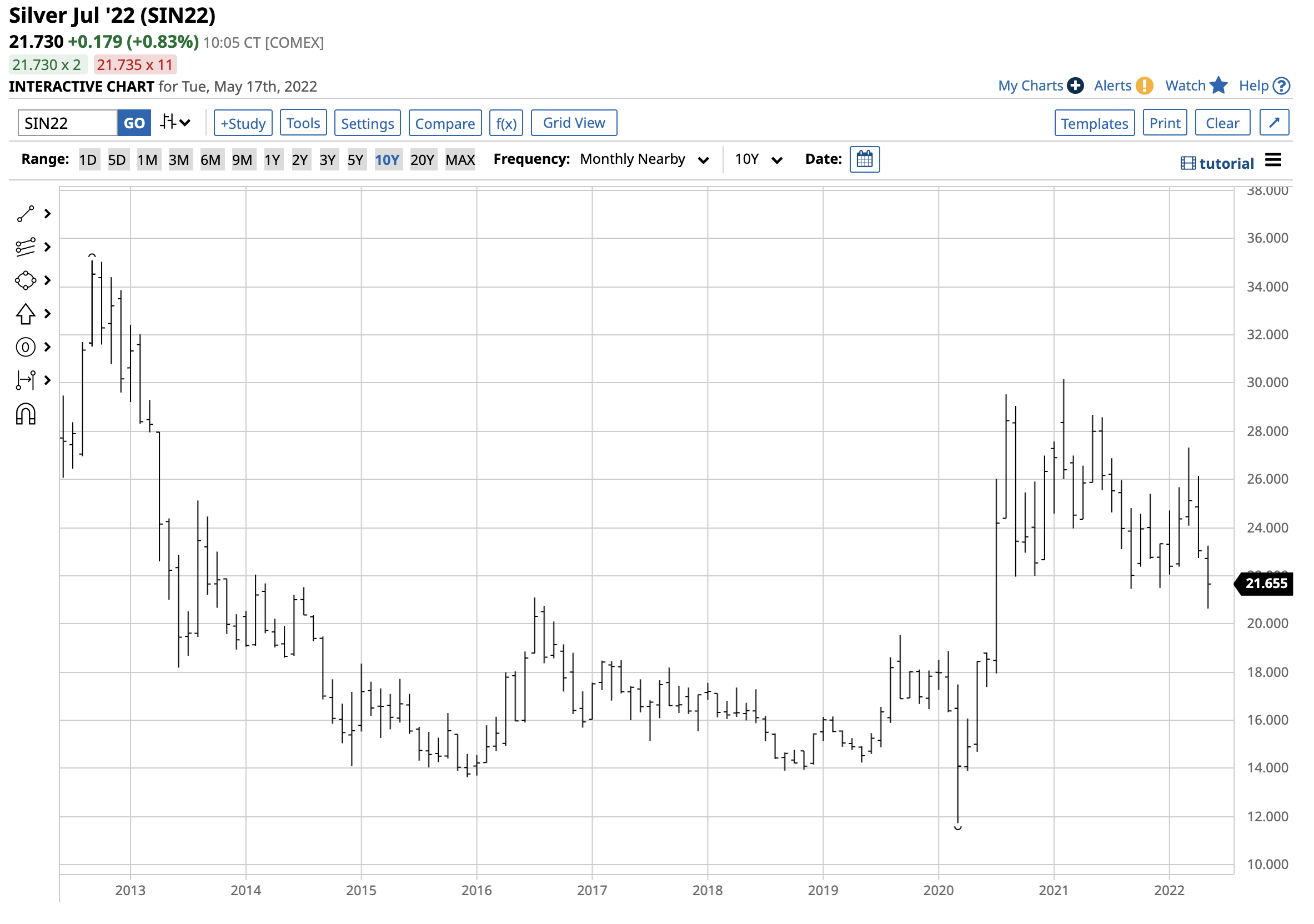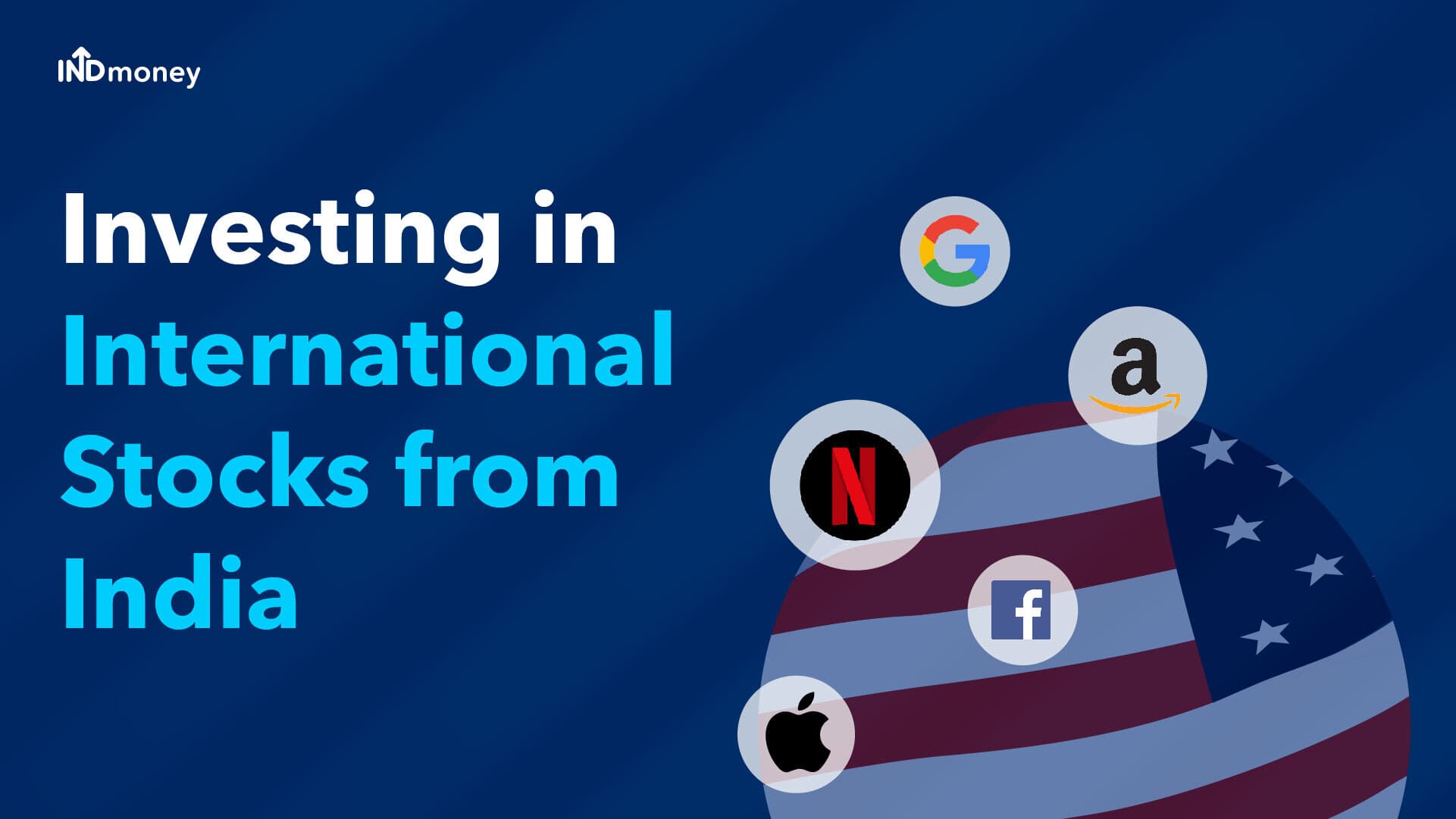
A course in forex trading is an option if you're looking to get started. This article will cover the most important lessons from a forex training course. These include trends and charting. Lastly, we'll discuss how to choose a broker that suits your needs. Continue reading to learn even more. The top forex courses are listed below for both beginners and pros. Remember to act and put what you have learned into practice!
Analysis is part of forex course
Learn about currency pairs to be a competent forex trader. These financial instruments are traded globally and are affected by changes in the underlying market and fair value of the currencies involved. The fair market value of an investment is the metric that is used for setting the asset's price. It is important in order to accurately assess its worth. There are many benefits to both buyers and sellers in the forex market. This information will help you to identify trends and decide the best time for trading.

There are several types that can be applied to forex trading. In technical analysis, currency pairs are analyzed based on historical price patterns. Some of these patterns give hints as to hidden levels of supply and demand. Fundamental analysis, another form of technical analytics, focuses more on current events and news releases. Both types of analysis can be covered in forex courses. The type of trader determines whether a trader uses technical or fundamental analysis.
Concentrate on trends and charts
Technical traders are able to use the same tools as other market players. Technical traders focus on channel and trendlines, which link higher lows to higher highs during uptrends and lower highs with lower lows during downtrends. The timeframe is the key difference between these two types of charts. While trendlines are more accurate in the immediate timeframe, channels and trends are more reliable over longer-term timeframes. The focus of a forex course should be on how to interpret charts and not just what they appear like.
Moreover, learning to read the currency charts is essential in forex trading, as they provide a clear picture of the price movement over a period of time. By studying these charts, you will be able to predict which currency pairs will move in the future. These charts also show levels at which the market reversed. These areas are called support levels, while sellers tend to exist at resistance levels. It is crucial to learn how to read forex charts for your success.
The right broker
When choosing the right broker for a forex course, you should keep in mind that every Forex broker is different, and some focus more on customer support than others. Other brokers focus more on advanced tools and low fees, and some are not regulated in certain countries. Your personal trading style can help you narrow down your search. Forex brokers are generally regulated across many countries. Quality and customer support vary.

It is essential to investigate the course's reputation before making a purchase. Only a licensed broker can provide quality training. It is important that courses are updated regularly. They should be accessible on mobile and desktop computers, and provide relevant content. Online and face-to–face classes are offered by some brokers. By comparing reviews from different brokers, you can find an online course that suits your trading style.
FAQ
Why is a stock called security.
Security refers to an investment instrument whose price is dependent on another company. It could be issued by a corporation, government, or other entity (e.g. prefer stocks). The issuer promises to pay dividends to shareholders, repay debt obligations to creditors, or return capital to investors if the underlying asset declines in value.
What is a "bond"?
A bond agreement between two people where money is transferred to purchase goods or services. It is also known by the term contract.
A bond is normally written on paper and signed by both the parties. The document contains details such as the date, amount owed, interest rate, etc.
When there are risks involved, like a company going bankrupt or a person breaking a promise, the bond is used.
Bonds are often combined with other types, such as mortgages. This means that the borrower must pay back the loan plus any interest payments.
Bonds are also used to raise money for big projects like building roads, bridges, and hospitals.
A bond becomes due upon maturity. This means that the bond's owner will be paid the principal and any interest.
If a bond does not get paid back, then the lender loses its money.
Are bonds tradeable
The answer is yes, they are! Bonds are traded on exchanges just as shares are. They have been trading on exchanges for years.
You cannot purchase a bond directly through an issuer. You will need to go through a broker to purchase them.
Because there are fewer intermediaries involved, it makes buying bonds much simpler. This means you need to find someone willing and able to buy your bonds.
There are many types of bonds. There are many types of bonds. Some pay regular interest while others don't.
Some pay quarterly interest, while others pay annual interest. These differences make it easy to compare bonds against each other.
Bonds are great for investing. For example, if you invest PS10,000 in a savings account, you would earn 0.75% interest per year. You would earn 12.5% per annum if you put the same amount into a 10-year government bond.
If all of these investments were put into a portfolio, the total return would be greater if the bond investment was used.
What is security at the stock market and what does it mean?
Security can be described as an asset that generates income. Shares in companies is the most common form of security.
There are many types of securities that a company can issue, such as common stocks, preferred stocks and bonds.
The earnings per shares (EPS) or dividends paid by a company affect the value of a stock.
Shares are a way to own a portion of the business and claim future profits. If the company pays a dividend, you receive money from the company.
Your shares can be sold at any time.
What are the advantages of investing through a mutual fund?
-
Low cost - purchasing shares directly from the company is expensive. It's cheaper to purchase shares through a mutual trust.
-
Diversification is a feature of most mutual funds that includes a variety securities. One security's value will decrease and others will go up.
-
Professional management – professional managers ensure that the fund only purchases securities that are suitable for its goals.
-
Liquidity - mutual funds offer ready access to cash. You can withdraw your money whenever you want.
-
Tax efficiency – mutual funds are tax efficient. This means that you don't have capital gains or losses to worry about until you sell shares.
-
There are no transaction fees - there are no commissions for selling or buying shares.
-
Mutual funds can be used easily - they are very easy to invest. All you need is money and a bank card.
-
Flexibility - You can modify your holdings as many times as you wish without paying additional fees.
-
Access to information – You can access the fund's activities and monitor its performance.
-
Investment advice - you can ask questions and get answers from the fund manager.
-
Security - know what kind of security your holdings are.
-
Control - You can have full control over the investment decisions made by the fund.
-
Portfolio tracking – You can track the performance and evolution of your portfolio over time.
-
Easy withdrawal - You can withdraw money from the fund quickly.
Disadvantages of investing through mutual funds:
-
Limited investment options - Not all possible investment opportunities are available in a mutual fund.
-
High expense ratio – Brokerage fees, administrative charges and operating costs are just a few of the expenses you will pay for owning a portion of a mutual trust fund. These expenses will eat into your returns.
-
Lack of liquidity - many mutual funds do not accept deposits. They can only be bought with cash. This restricts the amount you can invest.
-
Poor customer service: There is no single point of contact for mutual fund customers who have problems. Instead, you should deal with brokers and administrators, as well as the salespeople.
-
It is risky: If the fund goes under, you could lose all of your investments.
Statistics
- For instance, an individual or entity that owns 100,000 shares of a company with one million outstanding shares would have a 10% ownership stake. (investopedia.com)
- Even if you find talent for trading stocks, allocating more than 10% of your portfolio to an individual stock can expose your savings to too much volatility. (nerdwallet.com)
- US resident who opens a new IBKR Pro individual or joint account receives a 0.25% rate reduction on margin loans. (nerdwallet.com)
- "If all of your money's in one stock, you could potentially lose 50% of it overnight," Moore says. (nerdwallet.com)
External Links
How To
How to Invest Online in Stock Market
Investing in stocks is one way to make money in the stock market. There are many ways to do this, such as investing through mutual funds, exchange-traded funds (ETFs), hedge funds, etc. The best investment strategy depends on your risk tolerance, financial goals, personal investment style, and overall knowledge of the markets.
First, you need to understand how the stock exchange works in order to succeed. This involves understanding the various types of investments, their risks, and the potential rewards. Once you know what you want out of your investment portfolio, then you can start looking at which type of investment would work best for you.
There are three main types of investments: equity and fixed income. Equity is the ownership of shares in companies. Fixed income refers debt instruments like bonds, treasury bill and other securities. Alternatives include commodities, currencies and real estate. Venture capital is also available. Each category has its pros and disadvantages, so it is up to you which one is best for you.
Two broad strategies are available once you've decided on the type of investment that you want. One strategy is "buy & hold". You purchase some of the security, but you don’t sell it until you die. Diversification, on the other hand, involves diversifying your portfolio by buying securities of different classes. By buying 10% of Apple, Microsoft, or General Motors you could diversify into different industries. Buying several different kinds of investments gives you greater exposure to multiple sectors of the economy. This helps you to avoid losses in one industry because you still have something in another.
Risk management is another crucial factor in selecting an investment. Risk management allows you to control the level of volatility in your portfolio. If you are only willing to take on 1% risk, you can choose a low-risk investment fund. You could, however, choose a higher risk fund if you are willing to take on a 5% chance.
Knowing how to manage your finances is the final step in becoming an investor. You need a plan to manage your money in the future. You should have a plan that covers your long-term and short-term goals as well as your retirement planning. Then you need to stick to that plan! You shouldn't be distracted by market fluctuations. You will watch your wealth grow if your plan is followed.